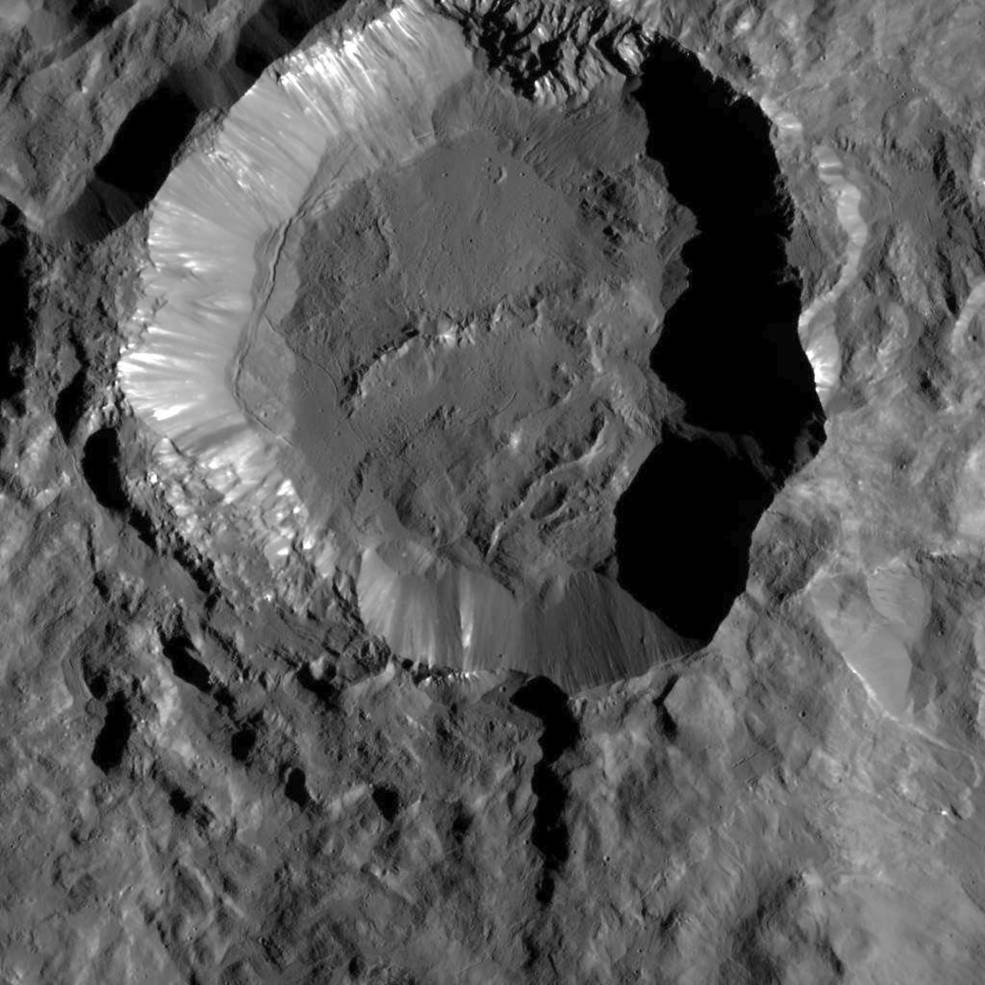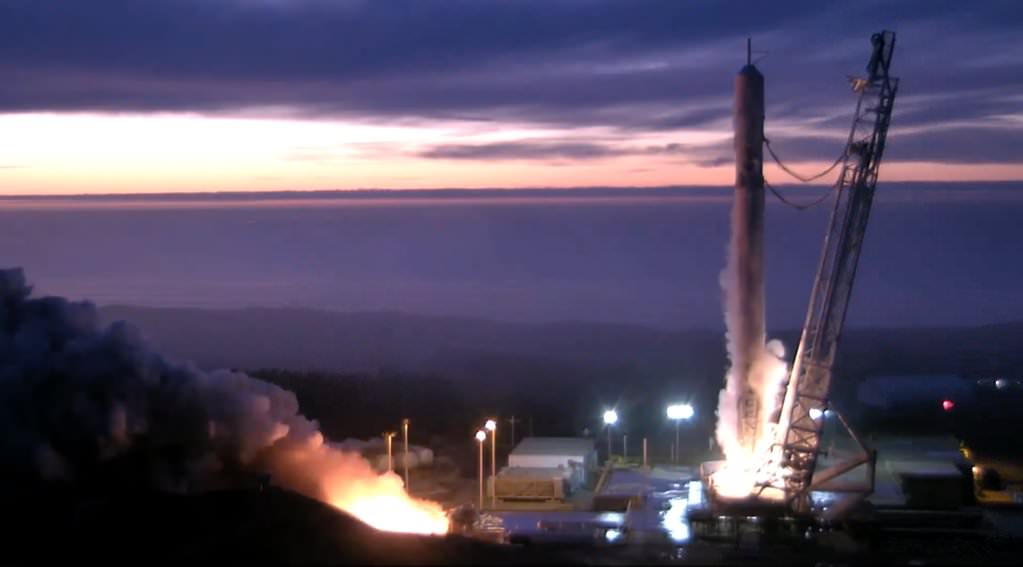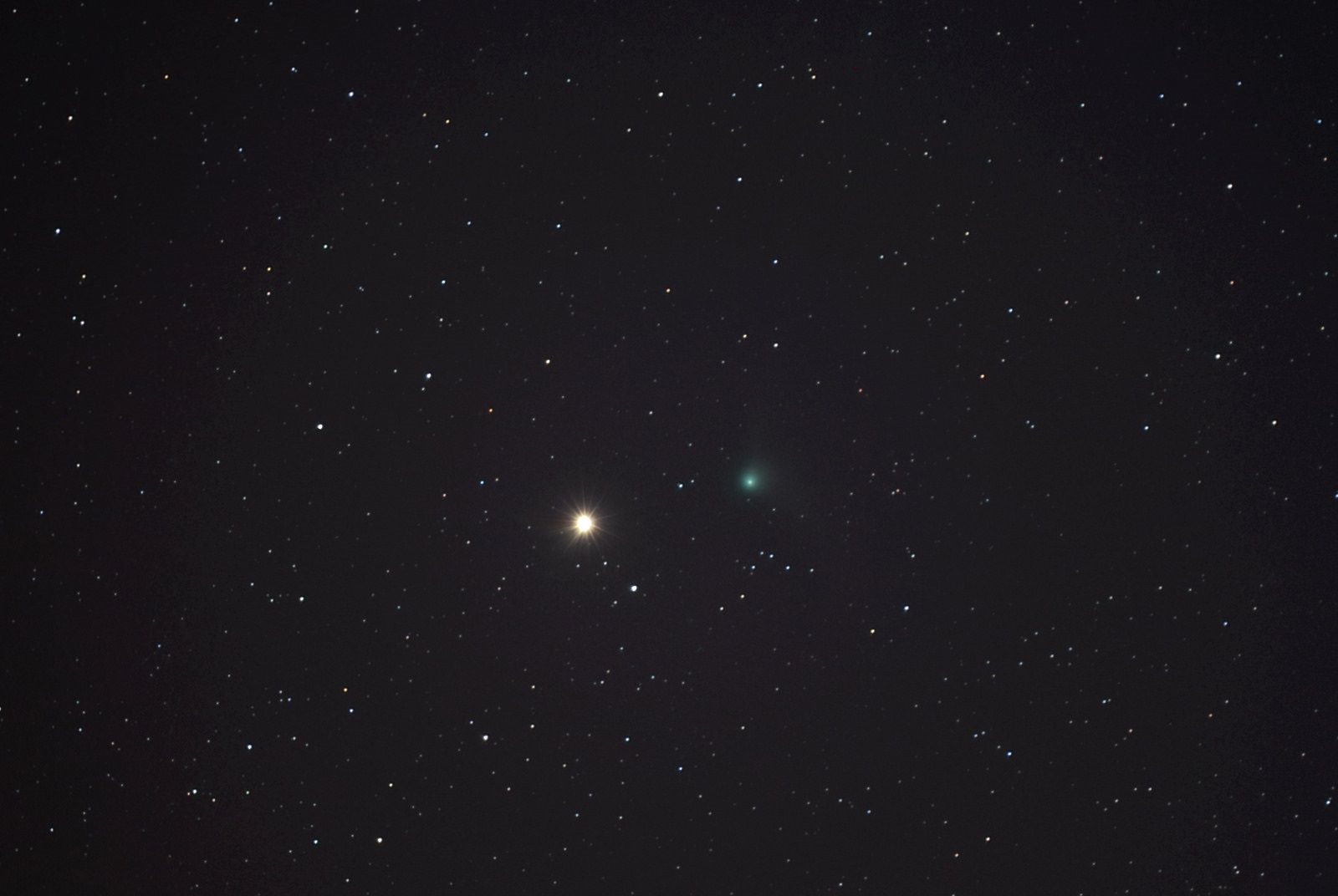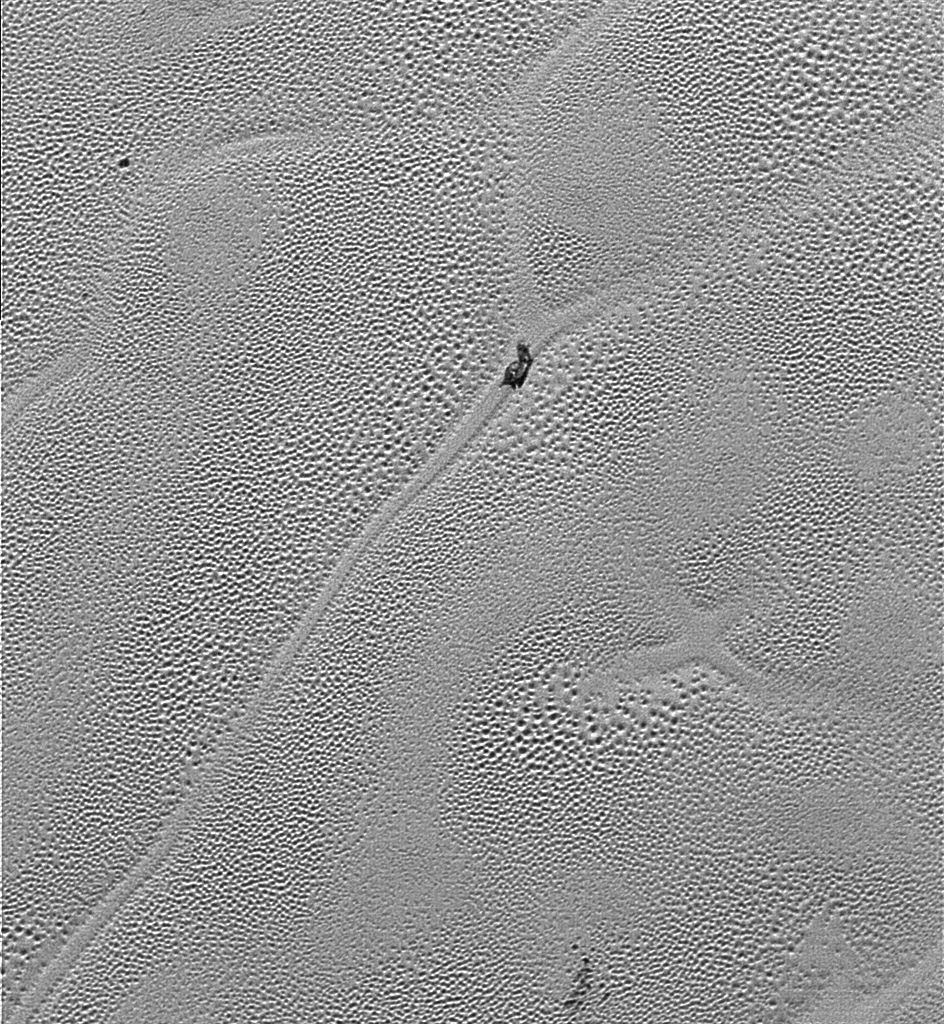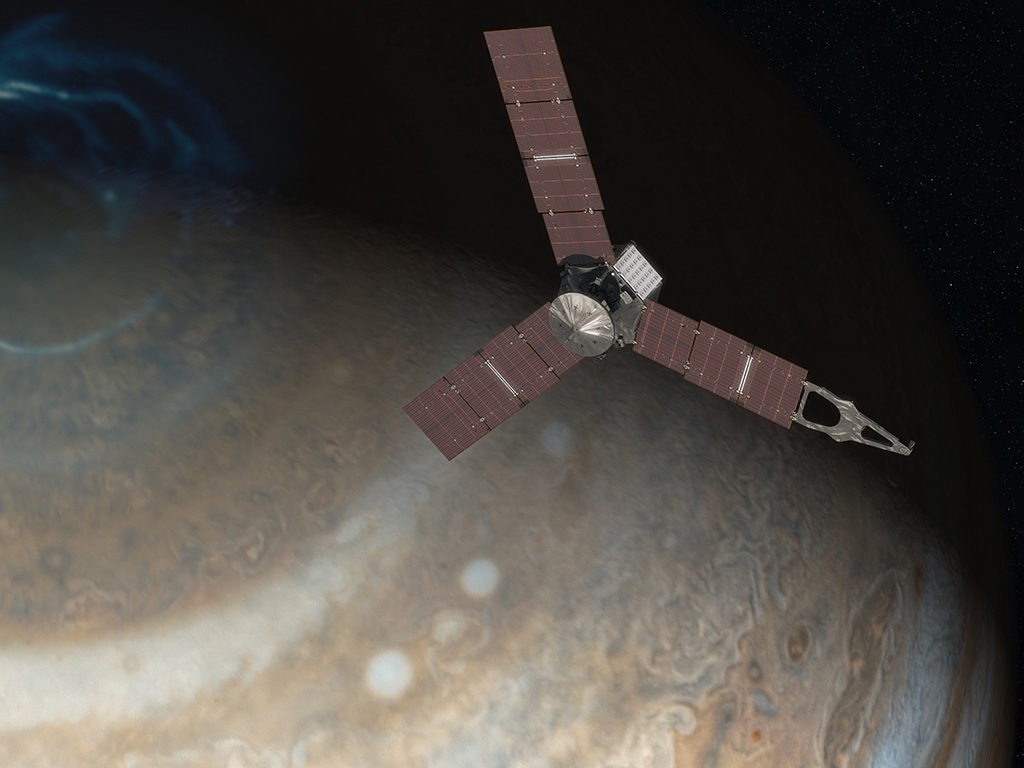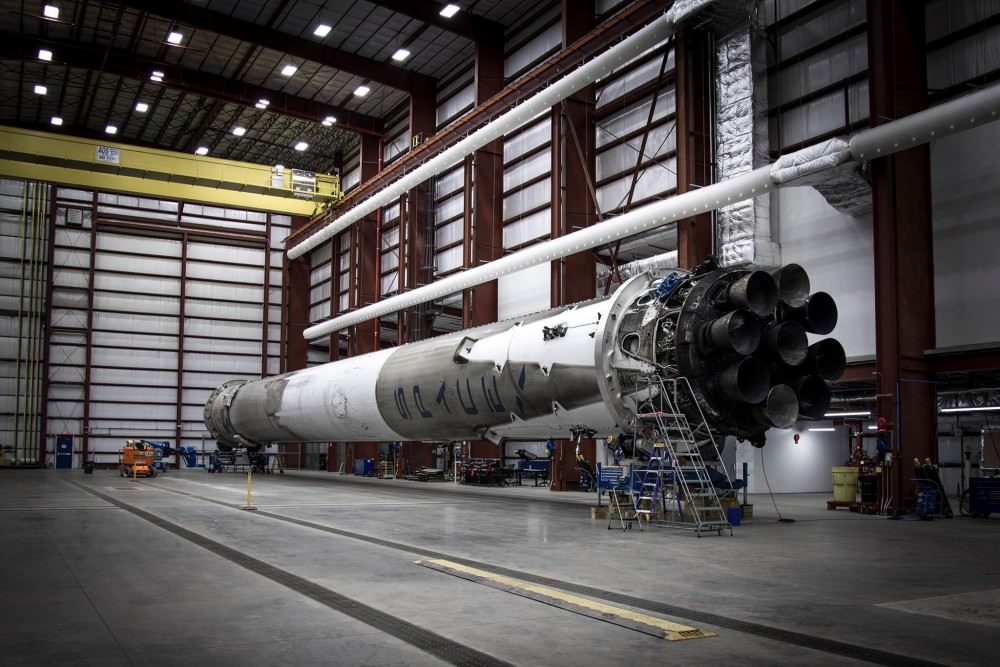The intense radiation around Jupiter has shaped every aspect of the Juno mission, especially Juno’s orbit. Data shows that there is a gap between the radiation belts that encircle Jupiter, and Jupiter’s cloud tops. Juno will have to ‘thread the needle’ and travel through this gap, in order to minimize its exposure to radiation, and to fulfill its science objectives. Adding to the complexity of the Juno mission, is the fact that the design of the spacecraft, the scientific objectives, and the orbital requirements all shaped each other.
I wasn’t sure what question to start this interview with: How did the conditions around Jupiter, most notably its extreme radiation, shape Juno’s orbit? Or, how did the orbit necessary for Juno to survive Jupiter’s extreme radiation shape Juno’s science objectives? Or, finally, how did the science objectives shape Juno’s orbit?
Scott Bolton, NASA Principal Investigator for the Juno mission to Jupiter. Image Credit: NASA
As you can see, the Juno mission seems like a bit of a Gordian knot. All three questions, I’m sure, had to be asked and answered several times, with the answers shaping the other questions. To help untangle this knot, I spoke to Scott Bolton, NASA’s Principal Investigator for the Juno mission. As the person responsible for the entire Juno mission, Scott has a complete understanding of Juno’s science objectives, Juno’s design, and the orbital path Juno will follow around Jupiter.
Continue reading “Understanding Juno’s Orbit: An Interview with NASA’s Scott Bolton”
